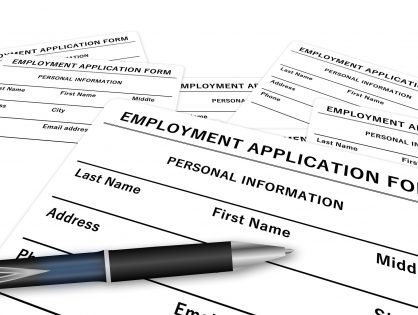Master2 internship: interdisciplinary project at the interface between live microscopy, developmental biology, biophysics and image analysis
Studying the mechanisms and mechaincs of epithelial tube formation in the sea urchin P. lividus embryo
Epithelial folding is a vital process during embryo development. Defects in folding can impair neurulation or gastrulation leading to major birth defects (e.g., spina bifida) or death. In mature tissues, folding is also pathologically relevant: tissues can for instance buckle before cancer invasion. Understanding the cell mechanisms and mechanics of tissue folding is thus of major importance. In the lab we use the Paracentrotus lividus sea urchin embryo as a model system and focus on the process of tissue folding during sea urchin gastrulation that leads to the formation of the gut of the sea urchin larva. By implementing 4D multi-view light sheet microscopy, micro-indentation, micro-pipette aspiration, infra-red femtosecond ablation to perturb the cytoskeleton and molecular inhibition, this work will shine new light on the cell mechanisms of epithelial folding at both the molecular and mechanical level.
Novelty of the project. The sea urchin is historically among the first model systems used to study embryo development. The sea urchin gastrula combines a number of outstanding features making this model system a unique opportunity to study the mechanisms and mechanics of tissue folding: (1) the sea urchin gastrula is a 1000 cells spherical monolayer epithelium: a very simple thus appealing model for experimentation and modelling; (2) tissue folding can be nicely imaged since the sea urchin gastrula is transparent; (3) the signaling factors controlling sea urchin vegetal plate folding are known and can be knocked down to dissect their function; (4) the gastrula is a mechanically accessible tissue: it can be partitioned, cells can be transplanted, micro-indentation and micro-pipetting techniques can be applied to measure tissue mechanical properties on both tissue apical and basal side. The sea urchin gastrula is thus a perfect playground for biologists and biophysicists focus in understanding the mechanisms and mechanics controlling and driving tissue morphogenesis.
The project that we propose is a breakthrough in the study of epithelial folding using the P. lividus model organism. We are now able, by using the sea urchin gastrula, to extract 3D quantitative cell morphology information with sub-cellular resolution. We devised a fluorescent live imaging and processing pipeline that allows to (1) image reliably the gastrulation of the sea urchin embryo in 4D with 200 nm isotropic resolution at a frequency of 1 image/min, (2) segment all 1000 cells constituting the gastrula in 3D and (3) track the 3D segmented cells over time. In this way we can extract precise morphological and cinematic information and use them to rule out or advance hypotheses supporting potential mechanisms driving vegetal plate folding. Hypothesis are tested by using advanced 4D image processing and analysis, mechano- techniques (e.g., in-plane micro-indentation, infra-red (IR) femtosecond (fs) laser dissection coupled to multi- view light-sheet microscopy) and back tested theoretically with mathematical modelling.
Seeking a talanted and very motivated candidate to work on 4D live imaging, molecular biology and biophysics. Send a CV, a motivation letter, master scores/ranking and reference letters to matteo.rauzi@univ-cotedazur.fr
Visit the RAUZI LAB web page: http://ibv.unice.fr/research-team/rauzi/

